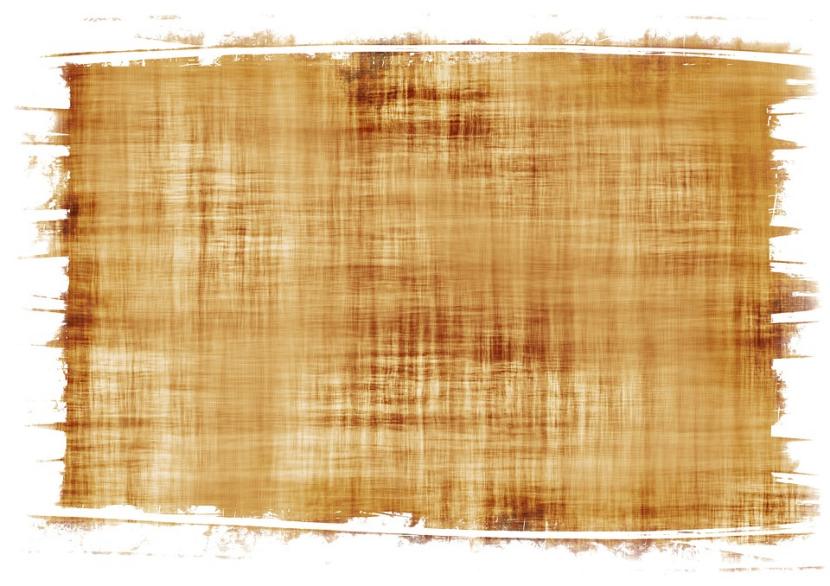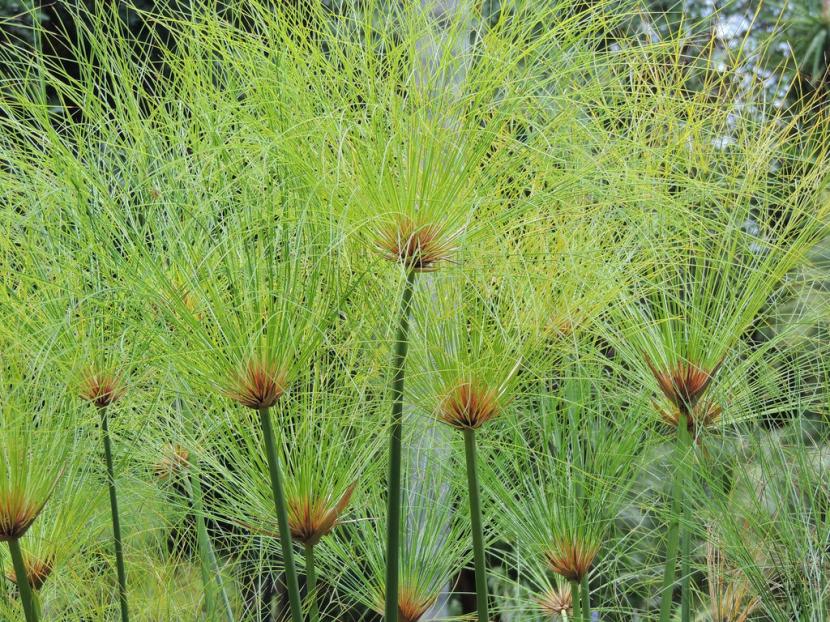
Papyrus, the paper that the ancient Egyptians used to write everything that was really important to them. The plant from which it comes, scientifically called Cyperus papyrus, is a very decorative species that grows on the banks of the Nile River.
Nowadays it is used more as an ornamental plant, but if you want to give someone something very special, let's see how papyrus is made.
The first thing they did was select those specimens that, in addition to being young, were better developed and did not have any health problems. This means that they took those that had thick and long stems, with green, healthy leaves. Those with dry tips or wounds on the stems were discarded, as they were indications that the plant was not at its best.
Once they found one, they would uproot it and set it aside to make piles. When they were finished, they were tied up and taken to dry land. With a cutting tool, usually a knife with a flint blade, the aerial part, that is, the blades, was removed from them, and carefully the outer crust.

Now that they had reached the heart of the stem, they could extract what would become the papyrus: some long and very thin slices (as are the folios that we currently use), and they were transversely superimposed on each other. Then it only remained to press and let it dry. It is interesting to note that it was not necessary to use any type of glue, because this plant has a sticky juice adherent enough so that the sheets will be well united with each other.
Y finally it was sanded with carbonate and calcium sulfate. To make it last much longer, resins and oils were applied, so it could remain almost intact until ... well, until today 🙂.
Did you find the making of papyrus interesting? If you have at home, try making one and surprise someone special 🙂.